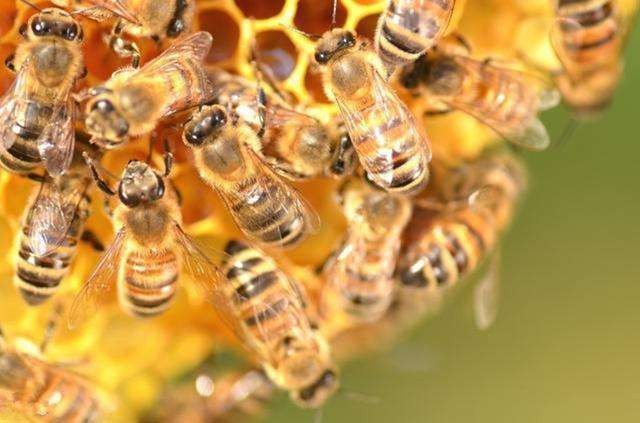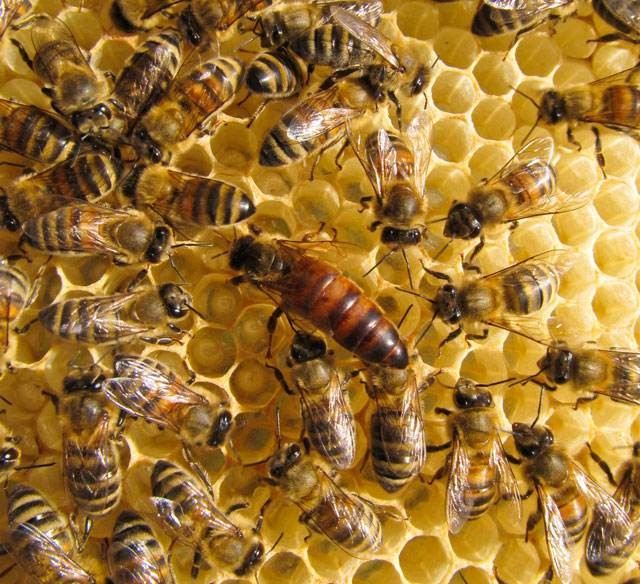The bee society is a fascinating one that is made up of the queen (the only sexually developed female), the worker bees, and the drones. The female worker bees and the drones are both sterile, yet they play important roles in the society. The queen is responsible for laying eggs and keeping the hive running smoothly, while the worker bees collect nectar and pollen and build the honeycomb. The drones, though sterile, help to mate with new queens and keep the hive's population strong.
The queen honey bee can live for several years and lay over 2,000 eggs each day during the peak of the season. A colony of bees can consist of up to 60,000 worker bees and 1,500 drones.Each colony of bees has only one queen. The primary purpose of the queen is to reproduce.
The queen mates with multiple drones during her first days, but she only mates once or twice in her life. After she mates, she never mates again.
After a queen mates in the air with the drones, she stores the drones’ sperm in a special area of her body and can lay eggs for the rest of her life (3-5 years). During this time, she will produce millions of eggs, which will hatch into worker bees. The worker bees will then take over the job of foraging for food and taking care of the hive, while the queen remains in the hive laying eggs.
The queen is the largest bee in the hive and her primary purpose is to mate and lay eggs. The queen’s second purpose is to organize and motivate (through pheromones) workers to complete the workload of the hive.
The worker bees in a hive are sexually underdeveloped females. These bees are responsible for nearly all of the necessary heavy work in the hive, including guarding the hive, building comb, caring for the queen, cleaning, polishing, feeding the brood, storing nectar and pollen, collecting water, transforming nectar into honey through enzymes, and regulating the temperature inside the hive by fanning with their wings. Worker bees also communicate with each other to coordinate the activities of the hive.

The drones purpose is to mate with virgin queens. The virgin queen will fly out of the hive in early spring and mate with about 10-20 drones. Once she has mated, she will never mate again. The drones die after they have mated since their reproductive organs are ripped from their bodies.
The purpose of drones is to mate with virgin queens. They do not participate in any other operation of the colony.
The queen is the center of the hive and the worker bees know it. They give her the respect she deserves by keeping their distance and allowing her to move about freely. They understand that she is the key to their success and they are willing to do whatever it takes to keep her safe and healthy.
The worker bees can also feed her in the mouth with royal jelly during brood rearing (mainly in the spring). During the rest of the year, they offer pollen and honey mixture to the queen.
The average queen lives 3-5 years, but can lay eggs at good rate (200.000 eggs per year) during the first 2-3 years of its life. After that, her egg production starts to slow down. At the end of her life, she may only lay a few hundred eggs.
Without a strong and fertile queen, our hive will not be able to produce enough worker bees to sustain the colony. The queen is responsible for laying all the eggs in the hive, and if she is not healthy, the eggs will not be healthy either. Thus, it is crucial to have a young and vibrant queen in order to have a thriving hive.
A queen can lay either fertile or infertile eggs. If an egg is infertile, it will become a drone. If it is fertile, it will become a worker or a new queen.

